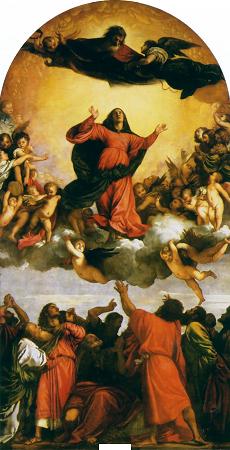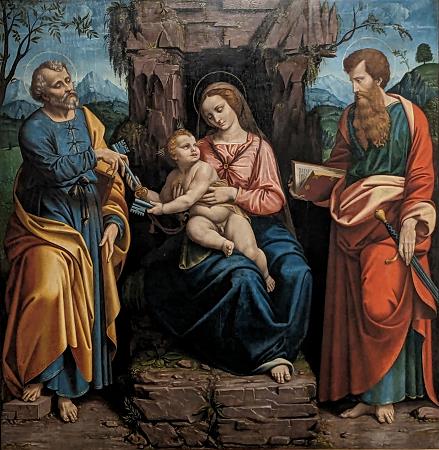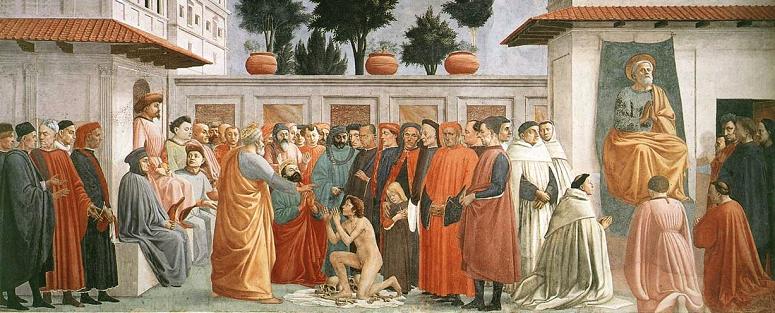Girolamo Ambrogio Figino (c1550 - 1608). Girolamo Figino was an Italian Renaissance painter from Milan, primarily active during the mid-16th century. A relatively lesser-known figure in the context of Italian Renaissance art, Figino's work is often associated with the Lombard school, a regional tradition influenced by both Venetian and Roman styles. While little is definitively known about his early life, Figino likely received his artistic training in Milan, a city that was at the time a crossroads of various artistic influences. His work shows the imprint of Venetian masters such as Titian and Veronese, blending the rich color and dramatic use of light characteristic of Venetian painting with the more linear and restrained approach typical of Lombard art. Figino’s artistic career unfolded during a period of significant cultural and political change in Italy. Milan was under the control of the Spanish Habsburgs, which had a profound influence on the region’s artistic and intellectual life. Like many of his contemporaries, Figino was influenced by the evolving style of the High Renaissance, but he also worked within the context of the emerging Mannerist aesthetic, which sought to break from the harmonious proportions and idealized forms of the earlier Renaissance in favor of more elongated forms, intricate compositions, and a heightened emphasis on elegance and complexity. Figino's work reflects this transition, with figures often elongated and composed in dynamic, twisting poses that suggest a deeper engagement with the emotional and psychological aspects of human figures. One of the key aspects of Figino's oeuvre is his devotion to religious and devotional themes, which were central to the Counter-Reformation movement. He painted numerous altarpieces and devotional works, many of which were commissioned by religious institutions in Milan and surrounding areas. His works were characterized by a strong sense of narrative, as seen in his depiction of biblical scenes. However, his approach to these themes was distinct for its emotional intensity and often theatrical quality, perhaps influenced by the growing Baroque emphasis on drama and contrast. While Figino’s work has largely been overshadowed by the fame of contemporaries like Titian, his contribution to the development of Milanese art in the mid-16th century is significant. His ability to merge Venetian colorism with Lombard linearity created a distinctive style that was influential, particularly in the context of local religious commissions. His works, although not as widely recognized as those of some other Renaissance masters, can still be seen in various churches and collections, contributing to our understanding of the regional variations in Italian Renaissance painting. Figino’s life and artistic output remain somewhat elusive, but his role as a transitional figure between the High Renaissance and Mannerism makes him a noteworthy artist in the history of Italian painting.
more...








